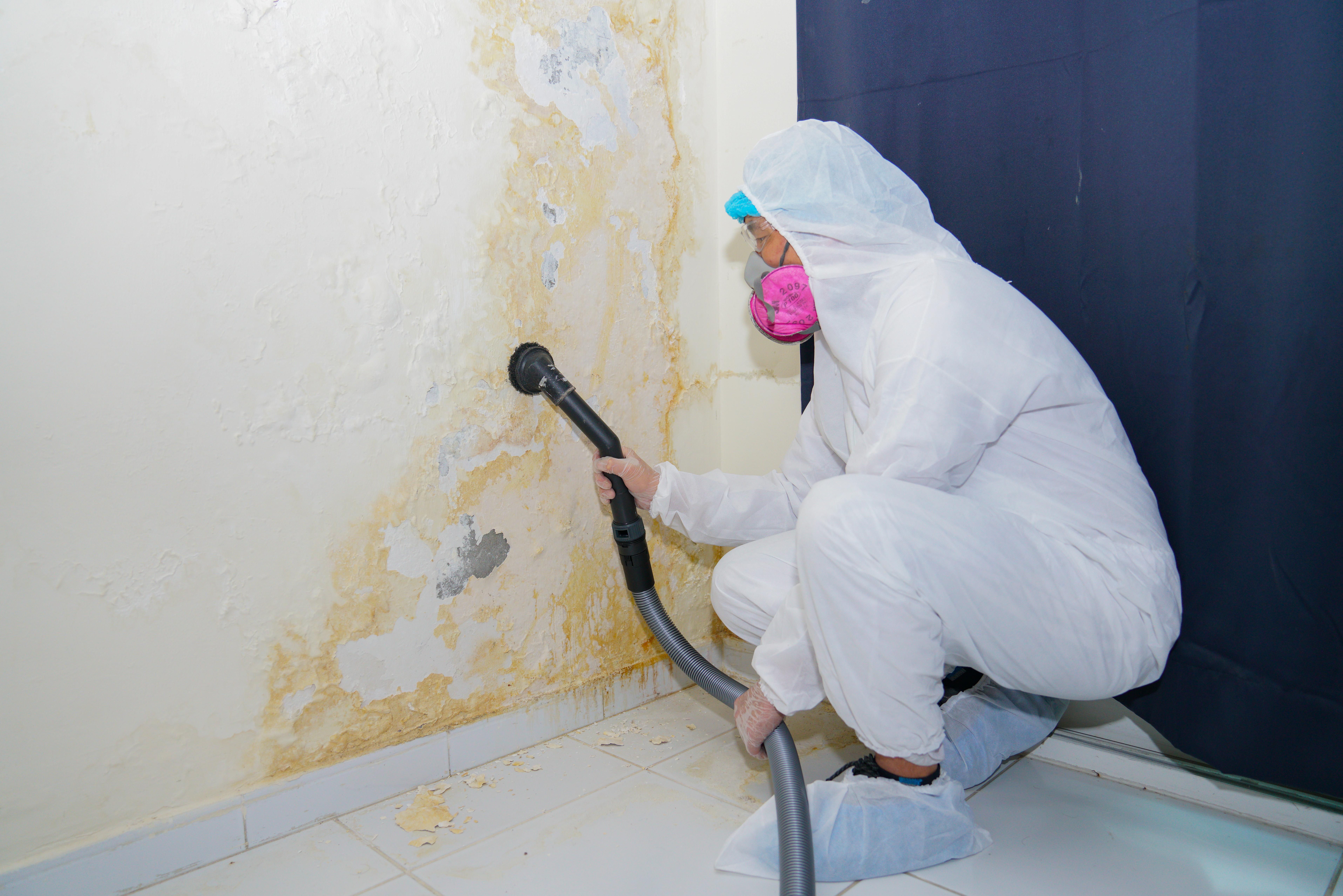Your Ultimate Guide to Article Mold And Mildew Removal Methods
Browsing the world of post-mold remediation techniques is a precise process that requires attention to information and a detailed understanding of the intricacies involved. In the after-effects of mold and mildew problem, knowing how to successfully remove the mold and mildew and prevent its reoccurrence is vital for keeping a healthy interior atmosphere. From picking the right cleaning and disinfecting techniques to carrying out techniques for lasting mold avoidance, each action in the removal journey plays a vital function in guaranteeing a successful result. As we start this exploration of post-mold removal methods, we will discover the essential techniques and finest practices that can aid you recover your room to its pre-mold problem and safeguard it against future mold and mildew dangers.
Comprehending Post-Mold Remediation Process
After completing the mold remediation procedure, it is important to recognize the post-mold remediation methods that are necessary to make sure a efficient and extensive cleanup. As soon as the mold has been gotten rid of, the next action includes cleansing and decontaminating the affected areas to stop any kind of regrowth of mold. This consists of utilizing specialized cleansing representatives to wipe down surfaces and eliminate any type of remaining mold spores. It is vital to dry the area totally to inhibit the growth of mold in the future (Post Remediation Inspection near me). Correct ventilation and dehumidification can aid in this process.
Moreover, conducting a final inspection post-remediation is important to guarantee that all mold has actually been efficiently eradicated. If the evaluation reveals any type of remaining mold and mildew, added remediation might be essential.
Effective Cleaning and Disinfecting Methods

Stopping Future Mold Development

Relevance of Proper Air Flow
Proper air flow plays a critical role in stopping dampness buildup, an essential consider mold development within indoor atmospheres. Effective ventilation systems help get rid of excess moisture from the air, reducing the chances of mold spores discovering the wetness they require to spread out and sprout. Without appropriate air flow, indoor areas can come to be a mold removal in body reproduction ground for mold and mildew, bring about prospective wellness dangers and architectural damages.
By ensuring appropriate air blood circulation, air flow systems can additionally help in drying moist areas quicker after water damage or flooding cases, even more preventing mold growth. Post remediation mold testing near me. In areas like bathrooms, cellars, attic rooms, and kitchens where moisture levels tend to be greater, setting up and maintaining reliable ventilation systems is crucial in avoiding mold infestations

Tracking and Maintenance Tips
Provided the vital duty that appropriate air flow plays in protecting against mold and mildew growth, it is vital to establish efficient surveillance and upkeep suggestions to make certain the continued functionality of ventilation systems. Regular evaluations of ventilation systems ought to be performed to inspect for any type of indicators of obstructions, leakages, or breakdowns that can hinder proper air flow. Monitoring moisture degrees within the property is also vital, as high humidity can add to mold and mildew growth. Setting up a hygrometer can assist track humidity levels and sharp homeowners to any kind of spikes that may require focus. Furthermore, making sure that air filters are regularly cleansed or changed is essential for preserving the efficiency of the ventilation system. Applying a routine for routine upkeep tasks, such as air duct cleansing and heating and cooling system examinations, can help protect against issues before they intensify. By staying mindful and positive to the condition of air flow systems, home owners can successfully mitigate the risk of mold regrowth and maintain a healthy interior setting.
Conclusion
In final thought, post-mold removal methods are vital for making sure a clean and risk-free environment. Understanding the process, applying reliable cleansing and sanitizing approaches, preventing future mold and mildew development, maintaining appropriate air flow, and normal tracking are all important action in the removal procedure. By complying with these standards, you can successfully eliminate mold and mildew and avoid its return, working or advertising a healthy and balanced living room for all residents.
In the results of mold and mildew infestation, understanding how to successfully eradicate the mold and prevent its reoccurrence is paramount for keeping a healthy indoor atmosphere. When the mold has been gotten rid of, the following action entails cleansing and decontaminating the influenced areas to prevent any kind of regrowth of mold - testing air quality after mold remediation. After removing noticeable mold growth, it is important to clean up all surfaces in the damaged location to remove any kind of remaining mold spores. To further boost mold and mildew prevention measures, it is important to resolve underlying concerns that at first led to mold growth.Given the essential duty that correct air flow plays in stopping mold development, it is crucial to establish efficient tracking and maintenance tips to ensure the continued performance of ventilation systems